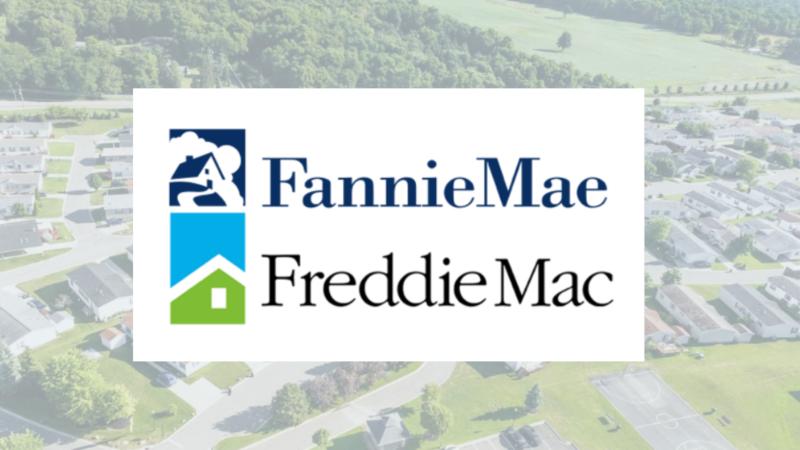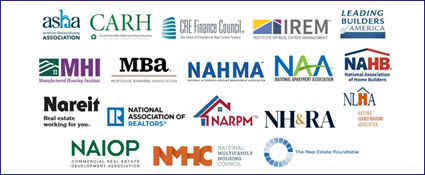
Bipartisan lawmakers this week discussed reforms aimed at reducing barriers to housing development and increasing supply during a congressional hearing on the nation’s housing shortage.
Key Takeaways
- The House Financial Services Subcommittee on Housing and Insurance’s hearing, titled “HOME 2.0: Modern Solutions to the Housing Shortage,” highlighted the crucial need to expand the supply of affordable housing. (Committee Memo)
- “This is a basic supply and demand issue,” said Rep. Mike Lawler (R-NY). “We are seven and a half million units underbuilt nationwide. We need to build more housing. Period.”
- Modernizing the HOME Investment Partnership (HOME) Program, administered by the U.S. Department of Housing and Urban Development (HUD), was also a prominent focus of the hearing. HOME is a flexible and effective federal tool that empowers states and localities to build, buy, and rehabilitate affordable housing.
- Subcommittee Chairman Mike Flood (R-NE) cited four major cost drivers—lengthy environmental reviews, “Build America, Buy America” rules, Davis-Bacon wages, and Section 3 mandates—as the “four horsemen of the housing apocalypse” hindering the HOME Program.
- Ranking Member Emanuel Cleaver (D-MO) similarly called for modernizing the HOME Program, highlighting the inefficiencies created by the “massive number of rules” placed on developers building safe, decent, and affordable housing.
- Eric Oberdorfer, Director of Policy and Legislative Affairs at the National Association of Housing and Redevelopment Officials (NAHRO), also noted the importance of the low-income housing tax credit (LIHTC), which is often used in conjunction with the HOME program to finance affordable housing.
RER Advocacy

- The Real Estate Roundtable (RER) has consistently emphasized that America’s affordability crisis is driven by chronically low housing production. Tackling this shortfall requires a national transformation in housing policy that makes it easier to build housing of all types.
- Changes made by the One Big Beautiful Bill (OBBB) Act signed this month, including expansions to the LIHTC, are projected to support the development of up to 1.2 million affordable rental units over the next decade. (Roundtable Weekly, July 11)
- RER strongly supports key reforms discussed at this week’s hearing, including easing Davis-Bacon prevailing wage requirements, which place inordinately high costs on construction projects and inhibit access to federal loan and other housing construction incentives, and the HOME Program (Roundtable Weekly, April 2024, May 2023).
- In May, RER joined a coalition of 15 national real estate organizations urging the Labor Department to repeal and revise its 2023 Davis-Bacon rule, citing outdated wage classifications that inflate project costs by up to 20% and discourage participation in federally funded housing. (Roundtable Weekly, May 23)
- Other RER-backed proposals, such as the bipartisan Revitalizing Downtowns and Main Streets Act of 2025 (H.R. 2410) and Housing Affordability Act (S.1527), would go a long way toward expanding supplies of affordable housing. (Roundtable Weekly, May 23)
RER will continue to champion policies to bolster the availability of safe and affordable housing. See our fact sheet on the topic for more information.















